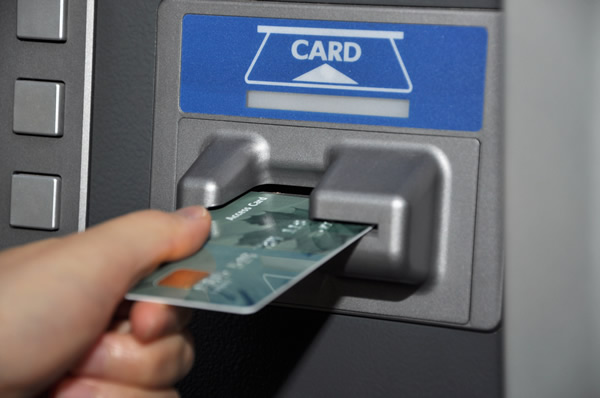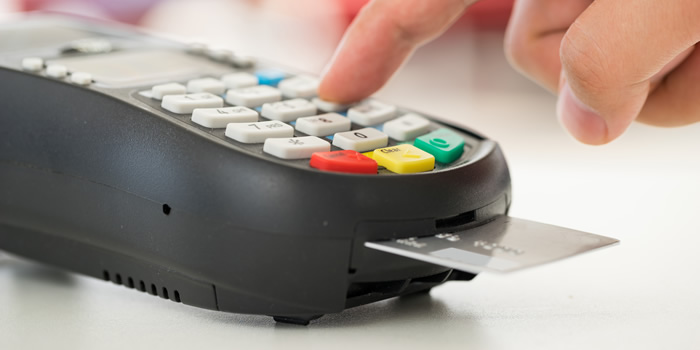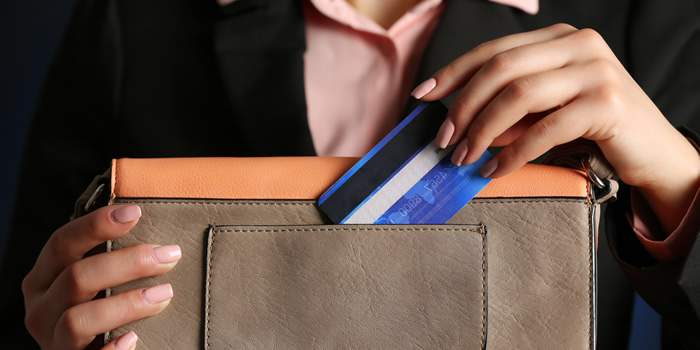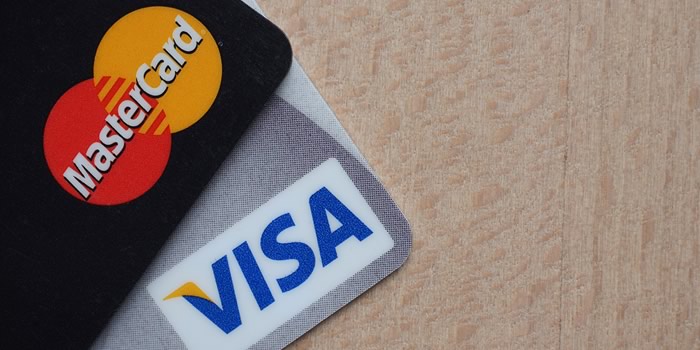
The Heartbleed bug has brought credit card security to the forefront. You may be aware there are some risks when using your credit card for online purchases, but there are also risks when using your credit card in brick-and-mortar retailers.
Last year, U.S. retailer Target announced 40 million credit card and debit card accounts were compromised. The breach occurred during the retailer’s busiest time, the holiday shopping season, marking the second largest credit card breach in U.S. history. Target revealed some Canadians shoppers may have had their personal information stolen as well.
It’s important to note these were isolated events. While it’s still safe to use your credit card to make purchases, there are some precautions you can take to make sure you’re not a victim.
Signs of a Credit Card Skimmer
Each year thousands of Canadians are the victim of credit card skimming and the number is on the rise worldwide. Credit card skimming is a form of financial fraud used to steal your credit card information. Here’s how it works: the criminal installs a data-reading electronics strip reader over a retailer’s point of sale device.
It can happen in a matter of seconds – when you swipe your credit card, the reader copies the magnetic stripe information from your card your card, capturing your credit card number and PIN in one false swoop.
In the good old days, the criminal would have to return to the scene of the crime to retrieve the stolen credit card information – not anymore. Newer skimmers transmit the stolen data by Bluetooth or GSM cellular.
Places Prone to Skimming
Here are some places prone to skimming, where you should be extra cautious when using your credit card.
Gas Station. Paying at the pumps today is easier than ever. You can pump your own gas and pay via credit card without ever speaking to an attendant. Although it may be convenient to may by credit card, you could be leaving yourself at risk when you swipe your plastic.
Gas stations are largely unattended, leaving criminals plenty of time to install skimmers. While it’s still safe to use your credit card at the pumps, when possible it’s best to pay the attendant from the safety of indoors. You might also consider getting a “gas card,” a separate credit card with a low limit you can use at gas stations.
ATMs. ATMs may be even more vulnerable than gas stations. ATMs often sit all by their lonesome selves on the outside of banks and buildings. This gives criminals plenty of time to install skimmers. If you’re in a financial bind and plan on using your credit card to take a cash advance, it’s best to avoid ATMs out in the open and instead use ATMs indoors.
Protecting Yourself from Being Skimmed
It’s important for consumers to take an active role if they want to avoid being the victim of credit card skimming.
Signs of a Skimmer. Before you using a point of scale device at a retailer, stop and ask yourself if the device looks safe. Here are some signs a skimmer may be installed: there are wires sticking out of the device, the card reader is damaged or loose, or the skimmer may be a different colour than the point of sale device.
Credit Card vs. Debit Card. Is debit or credit safer to make purchases? If you’re using an ATM or point of sale device, you’re often better off using your credit card. Here’s why: most credit cards like MasterCard and Visa offer zero liability if your credit card information is stolen. Although some debit cards offer zero liability, not all of them do.
Chip-and-Pin. If you must use your credit card at a vulnerable location, it’s best to use a card with chip-and-pin technology. Although skimming is sophisticated, it’s still difficult for criminals to steal credit card information from chip-and-pin cards, which encrypt consumer information.
Although credit cards still remain safe to use in brick-and-mortar retailers and online, it’s important for consumers to protect their credit card as best as possible. Avoid using your credit card at vulnerable locations and if possible switch to a credit card with chip-and-pin.




